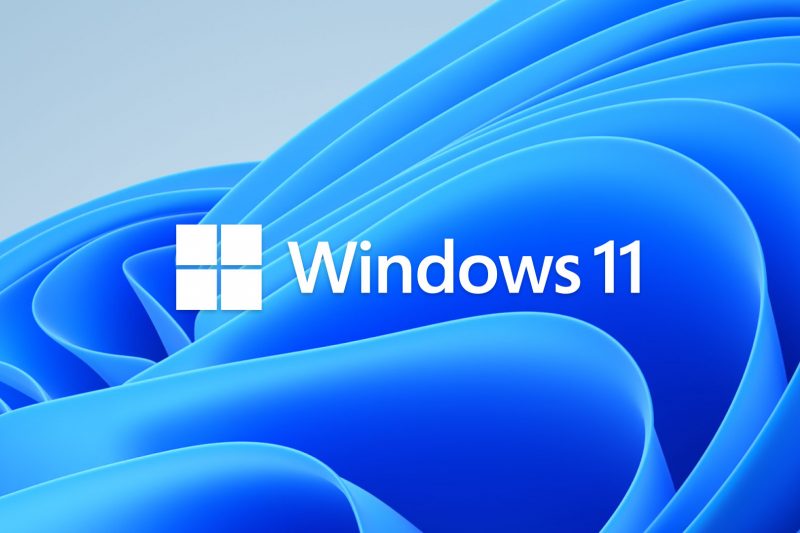Upgrading your computer's CPU or RAM can be an exciting moment, potentially boosting performance to new heights. However, it can also lead to unexpected issues, such as your SSD not being detected. This can be a significant problem, especially if you're unable to install the Windows operating system on the new SSD until your computer can detect it properly. One common cause of this issue is the mismatch or improper installation of CPU and RAM.
Causes of SSD Not Detected After CPU or RAM Upgrade
Mismatch or Improper Hardware Installation: Ensure that the CPU and RAM you've installed are compatible and correctly seated in your motherboard. Check and replace if necessary.
Steps to Fix the Issue:
- Check Hardware Installation: Ensure that the CPU and RAM are installed correctly. Also, check for any bent or damaged CPU pins.
- Check Cables: Ensure that the cables connecting the SSD to the motherboard are securely plugged in and not loose.
- Reset CMOS: Removing the CMOS battery and reinserting it can help reset the BIOS settings to their default values, which might fix the issue if the BIOS settings are misconfigured.
- Update Chipset Driver: Make sure your chipset drivers are up to date by downloading them from your PC manufacturer's official website and installing them.
- Update Intel Management Engine Firmware: If your computer uses an Intel chipset, update the Intel Management Engine firmware to address compatibility issues or bugs.
- Connect to Another SSD Slot (if available): Try connecting the SSD to another slot on your motherboard to ensure the problem isn't due to a faulty port.
- Disable XMP Profile (if applicable): If you've enabled XMP Profile for RAM, try disabling it to see if it resolves the issue.
- Reinstall Old RAM and CPU: If all the above efforts fail, reinstall the old RAM and CPU and check if the SSD is detected. If it's still not detected, there might be an issue with your motherboard component.
Troubleshooting SSD not being detected after a CPU or RAM upgrade requires careful troubleshooting. Be sure to follow the steps diligently and consult with a technician if needed.
Sudden Causes of SSD Not Detected
SSDs can suddenly go undetected due to several reasons, such as loose connections, outdated BIOS, or SSD damage itself.
How to Enable SSD from BIOS
No specific steps are required to enable SSD from BIOS. When you install the SSD, the BIOS should automatically detect it. Ensure the SSD is properly seated and connected to the correct SATA port on the motherboard.
Hopefully, the above tips help you resolve the SSD not detected issue after a CPU or RAM upgrade. If problems persist, don't hesitate to consult a professional.




0 comments:
Post a Comment